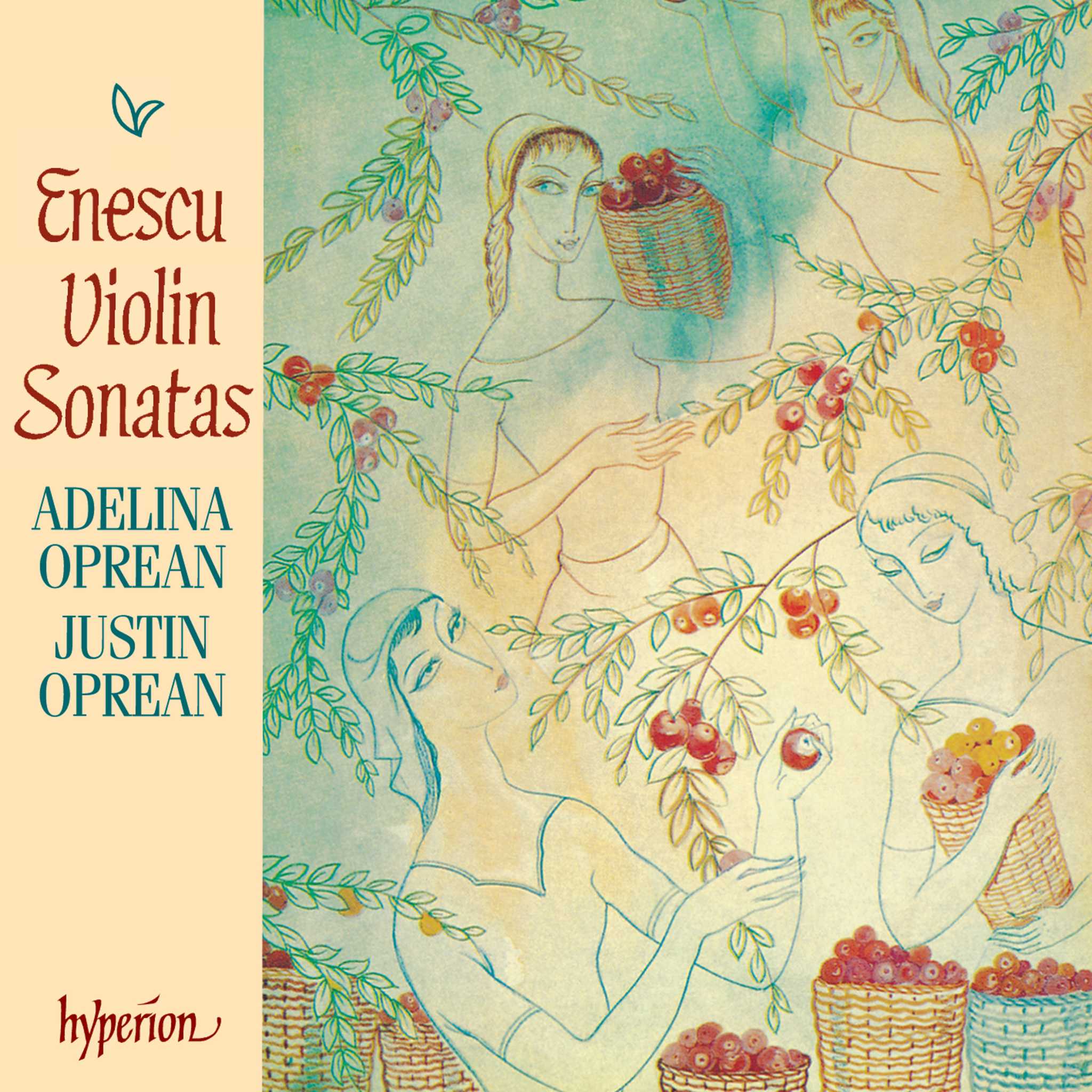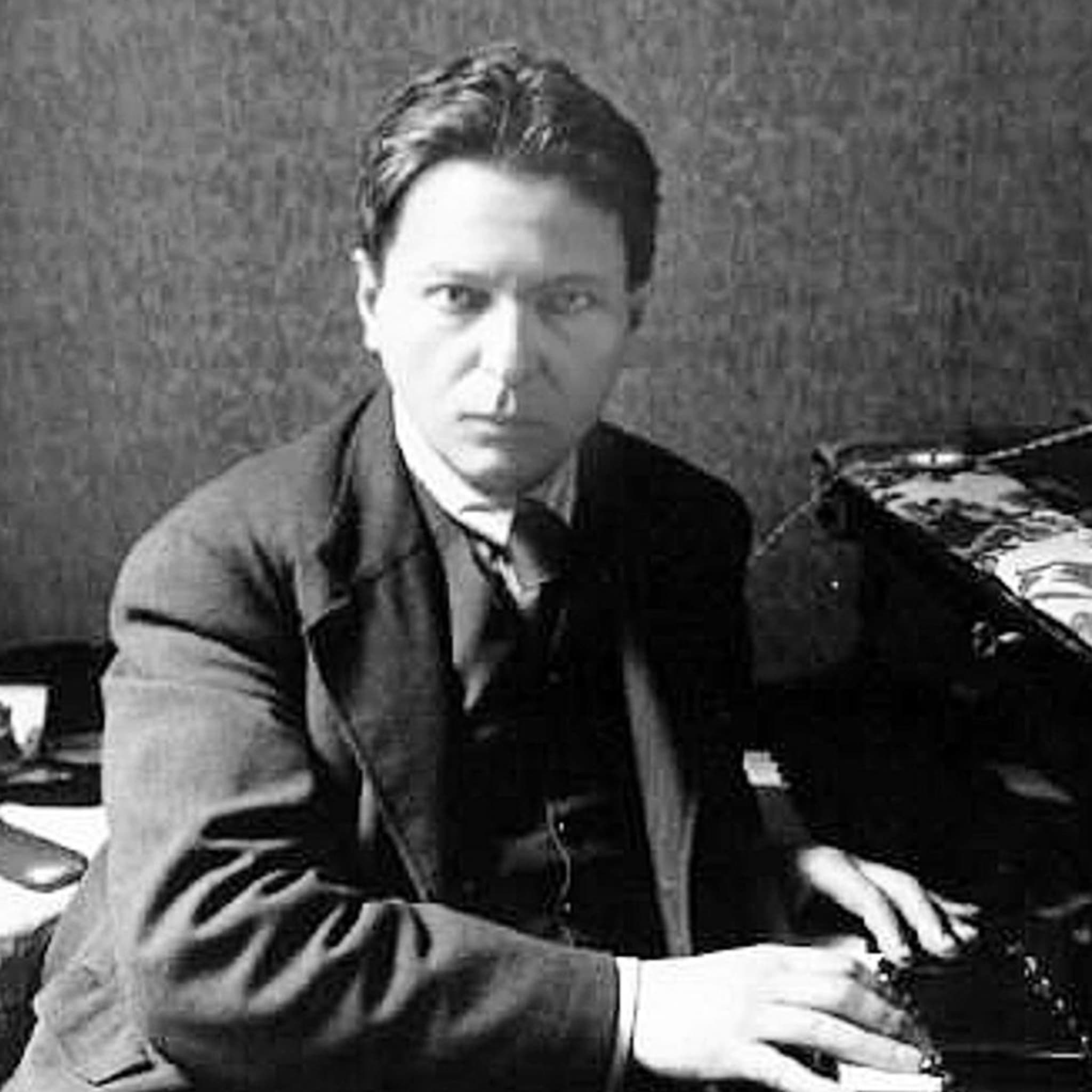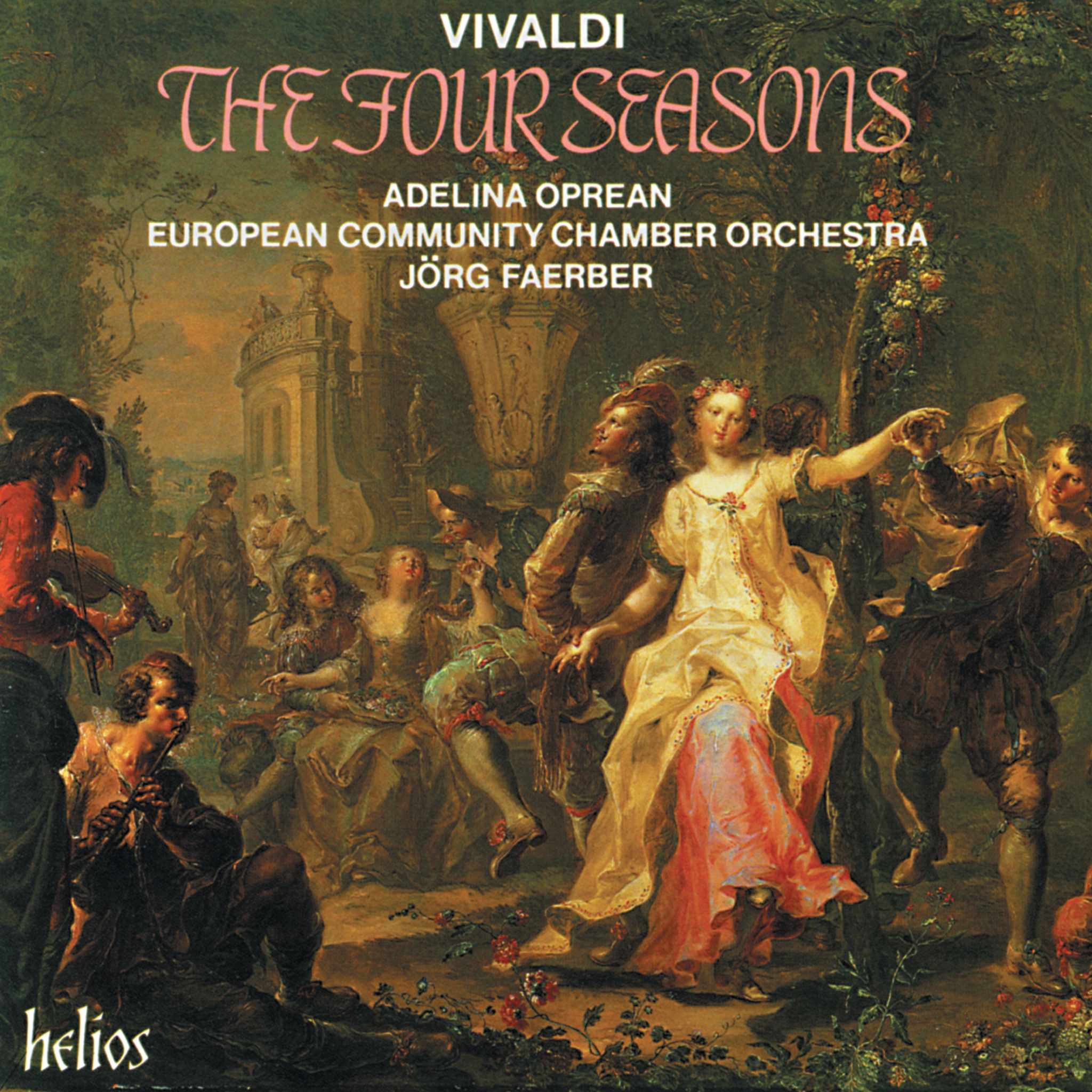Album insights
During the Baroque period, a significant shift occurred within the woodwind family as the recorder gradually faded, making way for the emergence of the transverse flute. Influential figures like Quantz in Germany and Hotteterre in France, along with composers such as Bach, Telemann, Blavet, and Leclair, explored the technical and expressive potential of the flute through intricate repertoires. In the opera orchestras of that era, where instrumental advancements were evident, the recorder began to give space to the transverse flute, often reserving the former for specific effects. Bach exclusively used recorders in his Weimar cantatas, introducing the transverse flute into his compositions in Leipzig later on. Post-1725, compositions specifically for the recorder became rare, with only occasional appearances to add color to pastoral metaphors in the text. Works like Handel's six sonatas for flute and continuo instruments and Bach's Harpsichord Concerto in F major (BWV1057) marked the final significant pieces for the instrument.
The attribution of the Sonata in E-flat major for flute and obligatory harpsichord, BWV1031, to Bach and to what extent remains debated. Likely a collaborative work from the early to mid-1730s, this engaging piece potentially involved Bach and one of his elder sons, perhaps Carl Philipp Emanuel. Despite contentions, its craftsmanship and expressive allure are undeniable. The opening Allegro moderato introduces an enchanting eight-bar melody on the harpsichord, followed by the flute presenting the main theme. The Siciliano suited the flute well, resonating with the style of Bach's Violin Sonata in C minor (BWV1017). The spirited two-part Allegro showcases an engaging interplay between the upper voices, concluding the sonata vibrantly.
The Sonata in G minor, BWV1020, like the Sonatas in E-flat major (BWV1031) and C major (BWV1033), is possibly not entirely Bach's work. Exhibiting a blend of flute and harpsichord in an elegant fashion, reminiscent of Quantz and other Berlin composers' flute sonatas, this piece is regarded as least Bach-like among those with disputed authorship. Presently, C. Ph. E. Bach is favored as the composer. One of the surviving manuscripts bears his handwriting, while the others bear the name "Bach" at the header. Questions also arise regarding the intended instrumentation; though sources mention violin and harpsichord, the absence of double stops led musicians to consider it composed for the flute. Given its key, range, and similarities to C. Ph. E. Bach's authentic Oboe Sonata in G minor (H566/Wq135), it might as well have been intended for oboe.
The Sonata in C major for flute and basso continuo, BWV1033, preserved in a manuscript penned by C. Ph. E. Bach dating to the early 1730s, is attributed to Bach by him. Though obscure in origins, particularly the last two movements are perceived more fitting for a solo melodic instrument. The music, despite some rough improvisational edges, presents virtues and charm, offering a satisfying rendition for the performer. The stately Andante transitions into a lively, straightforward Allegro. The music acquires substance in the Adagio, while the concluding "alternate" Minuets, reflective of Bach's style, carry the composition forward. Bach's influence is unmistakable in the fully notated instrumental passages of the first Minuet, resonating with a concerto movement by Christoph Förster. Perhaps a pupil of Bach later added the harpsichord accompaniment.
The Sonata in E minor for flute and basso continuo, BWV1034, likely dates to Bach's early Leipzig years. Although the original manuscript is lost, surviving material from around 1726 suggests its early composition. Potentially Bach's first flute sonata, it echoes the structure of the Italian "Sonata da chiesa." The opening Adagio ma non tanto presents an extensive, elegantly crafted melody in a single, unrepeated section. The ensuing Allegro delves into a series of arpeggios favored by Venetian violin-playing composers, emphasizing virtuosity without becoming mere display. The lyrical Andante, rooted in an uninterrupted eighth-note bass accompaniment, reflects Italian influences. The motif-rich concluding Allegro, divided into two parts, demands technical virtuosity akin to the second movement.
Composed in the last decade of his life, the Sonata in E major for flute and basso continuo, BWV1035, is dated to 1741, during one of Bach's trips to Berlin at the request of Michael Gabriel Fredersdorf, a chamberlain and amateur flutist. The work starts with an expressive Adagio ma non tanto reminiscent of the sensitive nuances of North German Empfindsam style. The lively Allegro transitions into a subtle Siciliano in C-sharp minor, displaying engaging harmonic progressions between the melody and bass line. The final Allegro assai opens playfully with a flute theme, later shared with the bass in a flurry of sixteenth notes before the flute reclaims dominance until the end.
Considered a pinnacle of Bach's flute literature, the Sonata in B minor, BWV1030, along with the Orchestral Suite in the same key, showcases his profound contribution. Initially composed in G minor around 1729–1736, this challenging sonata survived only in a harpsichord part, casting doubt on Bach's choice of partner instrument. While an oboe sometimes substitutes in this version, conclusive evidence is lacking. Preserved in a manuscript from Bach's mid-Leipzig years (ca.1736), the version in B minor for flute and obligatory harpsichord is Bach's most extensive and ambitious flute sonata, revealing his inventive thematic variations and intricate counterpoint. The D major Largo e dolce echoes a Siciliano rhythm, with the melody predominantly carried by the flute, showcasing elements of the North German Empfindsam style. The closing Fugue labeled Presto and Gigue represents a departure from Bach's conventions, offering diversity while maintaining virtuosity and innovative ideas throughout the sonata.
Nicholas Anderson © 2002
Translated by ChatGPT





